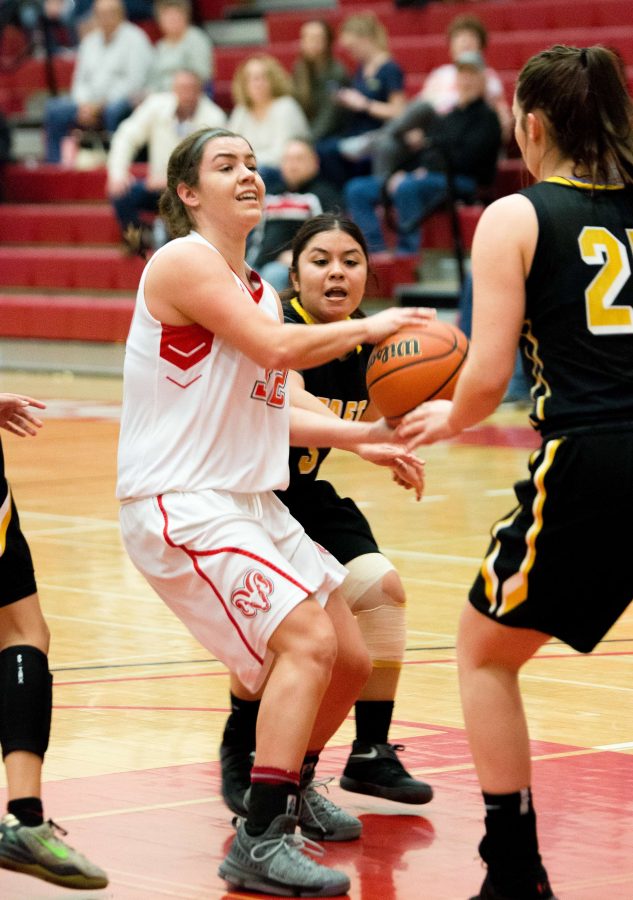New Rules, New Problems for Area High Schools Sports
September 11, 2017
The California Interscholastic Federation, which establishes and regulates the guidelines for athletics in the high school ranks, has enacted a major change over the summer.
The formation of “super teams” in the NBA for example, have a set a precedent of players wanting to team together in order to achieve high levels of success. With all of the trades and free agent signings (or lack thereof) in professional sports dominating the media airways, it wasn’t long until High School sports followed suit.
It goes without saying that student athletes would like nothing more than to achieve success throughout their high school tenure. Depending on the sport, the California Central Section is primarily dominated by a few schools. This is usually based on the size, location, prestige, and financial capabilities of the school. Campuses such as Central High School and Clovis North High School are attractive destinations for upcoming prep stars.
Schools that have seemingly unlimited financial resources such as Clovis West High School, are able to provide some of the best facilities in the area which can attract the best athletes.
For years, student athletes have had to justify their reasoning for wanting to transfer schools. The catch is that it could not be athletically motivated. In other words, if the CIF deemed that an athlete decided to switch schools after already playing varsity, they would be forced to sit out the entire next season at the new school.
Former basketball star Colin Slater is a prime example as he was forced to sit out his sophomore year at Immanuel High School following his freshman campaign at Clovis North High School. The CIF decided that his transfer was athletically motivated and thus handed down the suspension.
Prior to the new revision, the only way to avoid this rule was to provide proof of a full family move to the district of the desired school.
As of July 1, the CIF revised the transfer rules to remove the authority for local commissioner Jim Crichlow to deny athletic eligibility to students who transfer for athletic opportunity.
Already, this has caused a slew of transfers to a few schools. No longer afraid of repercussion, student athletes and their parents are actively looking for the best place to to succeed.
Expectedly, this is going to affect the smaller schools in terms of their competitiveness on a regular basis. As it stands, it looks as though schools of the perceived less prestige will struggle to retain their stars and hold onto the incoming middle schoolers.
How does this affect the college recruiting process? In a strange way, the revision made recruiting both difficult and easier at the same time. On one hand, seeing the central sections best talent will be easier in the sense that they may eventually play on the same teams.
However, prior to the revision, local colleges were able to find diamonds in the rough at some of the smaller schools. Superb talent was sometimes able to slip through the cracks of large recruitment. This might prove to be a thing of the past as the rule change may alter where the talent lies.
The CIF is still looking to reform all of their procedures and it remains to be seen what else will be affected.
